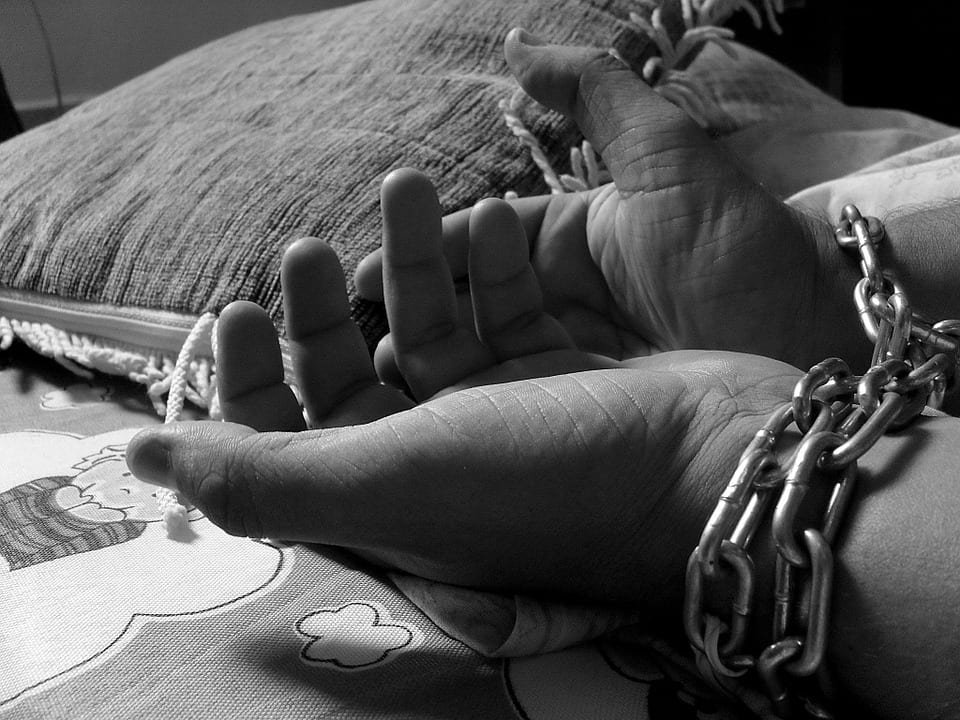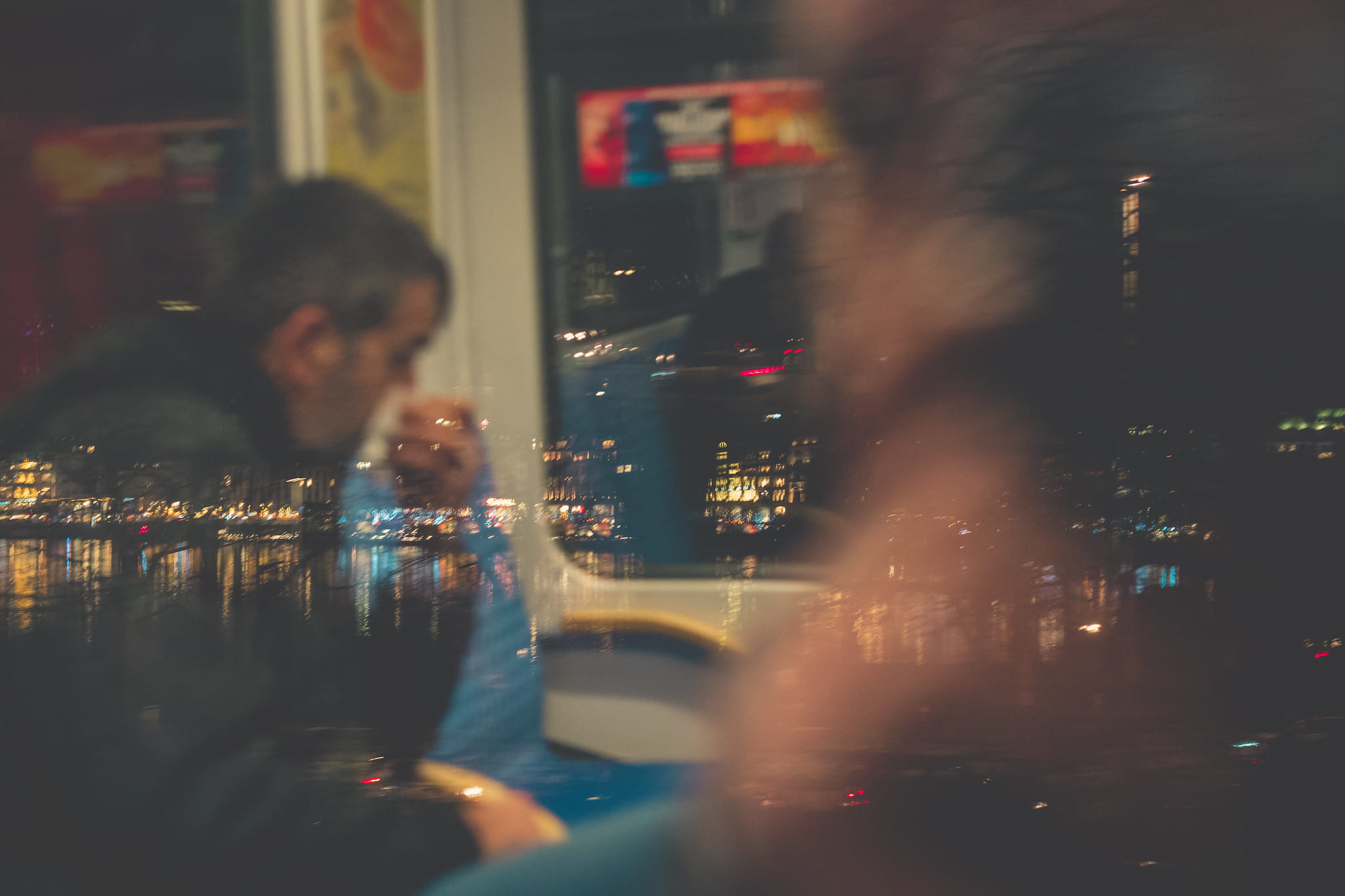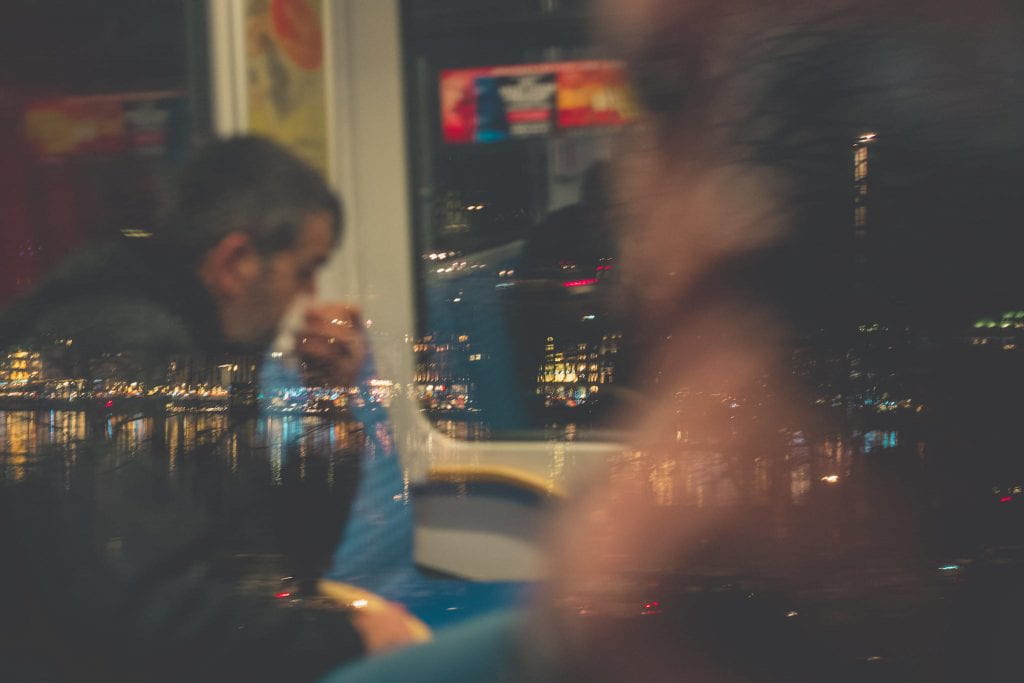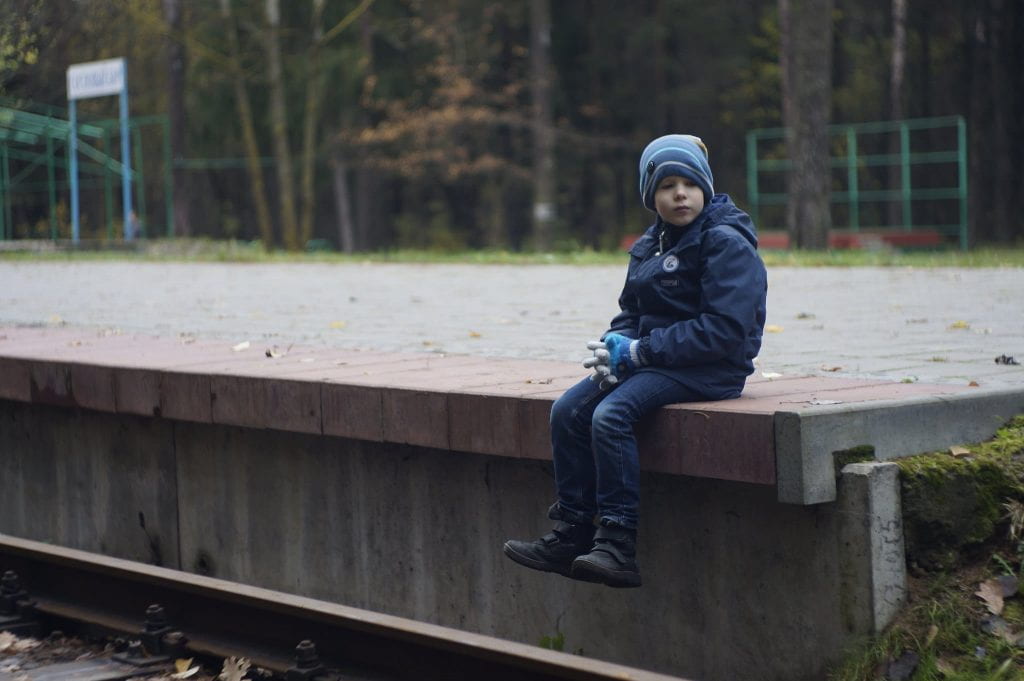by Dianna Bai

You may have heard of the tragic situation straddling the I-20 corridor, the stretch of highway that runs between Birmingham and Atlanta.
Known as the “sex trafficking super highway,” the I-20 corridor is a hotbed for human trafficking.
The intimate settings of this illegal trade? Familiar places in our backyard: the hotels on Oxmoor Road, Woodlawn, Bessemer, and establishments all over the city of Birmingham.
Yet sex trafficking is not just confined to the I-20 corridor, as many media reports would suggest. It’s spread throughout the state of Alabama, in large cities and rural areas alike, appearing in myriad variations. The Global Slavery Index estimates that there are over 6000 victims of human trafficking each day in Alabama, which includes labor and sex trafficking.
As a $32 billion industry, human trafficking is the second-largest criminal industry in the world after the illicit drug trade—and it’s the fastest-growing. It’s the modern-day slave trade flourishing under the radar.
In the idyllic foothills of Alabama, we are touched by dark and complex operations with global reverberations.
Who are the victims of sex trafficking in Alabama?
Sex traffickers prey on the vulnerable, such as people who come from poverty or broken families.
According to The WellHouse, a non-profit organization that shelters young women in Alabama who have been victims of sex trafficking, there is a common “model” of a victim human traffickers prey on.
She is often a 12-14-year-old girl who has already been a victim of sexual abuse by a family member. An emotionally vulnerable young woman, she is lured in by the promises of comfort, love, and acceptance that an older man offers her.
He will later become her captor.
One example provided by Carolyn Potter, the executive director of The WellHouse, offers us a glimpse into the world of the girls who become victims of traffickers:
“There was a victim who had been abused by her stepfather—and her mother blamed her. Her captor started luring her in and buying her Hello Kitty items. She loved this. Nobody who was supposed to protect her protected her.”
Sex traffickers often prey on girls who have been abused by the people who love them. The accumulated trauma and experiences of abuse that these girls have been subjected to in their young lives gives rise to a sense of apathy and hopelessness.
So when their captors, who had been lavishing them with gifts and attention, start asking them to sell their bodies, their reaction is often, “Why not? This has been happening to me all my life.”
To numb the pain of repeated abuse, they may turn to drugs provided by the captors and become addicted. Traffickers then have a way to keep them from leaving.
A few might escape this life by her own efforts, but more often than not they escape through rescue operations carried out by law enforcement. In January of this year, the Well House participated in a sting operation led by the FBI during the Atlanta Super Bowl that rescued 18 girls and led to 169 arrests.
Once rescued, one of the most important steps to helping victims is simply the process of gaining their trust, as most victims who have been trapped in this life suffer from complex trauma. “Their level of PTSD is equal to someone who’s been in war,” Potter said.
What does the sex trafficking industry look like in Alabama?
As a criminal activity, sex trafficking in Alabama can take on many forms.
“Alabama is a microcosm of human trafficking around the world,” said Christian Lim, a professor of social work at the University of Alabama who is heading up a federally funded project on the subject. “There is just about every type of human trafficking in Alabama.”
On one end of the spectrum, there are individual pimps conducting a small-time business. They might even be family members who are pimping out their children for rent or drug money—and these cases often go unreported because of the family connection. On the other end, there are the massage parlors that are the fronts for international criminal networks, laundering money and trafficking women from places as far as China and Korea. These massage parlors routinely bring in $500,000-$800,000 a year, operating late into the night and advertising online at dozens of websites selling sex.
Sex trafficking has also risen in recent years among street gangs in Alabama with ties to Georgia, Florida, and even the West Coast, according to Teresa Collier at the Alabama Law Enforcement Agency. Street gangs such as the Bloods, Simon City Royals, Latin Kings, and Surenos are known to be engaging in sex trafficking to make a profit alongside the illegal drug trade. Recruiting mostly young victims, traffickers use “bottom girls” – prostitutes who are trusted by the pimps – to identify and recruit new girls, as well as a bevy of popular social media sites including Facebook, Twitter, Instagram, Snapchat, KIK, Meet Me, Badoo, and Seeking Arrangement. Gangs like the Surenos, which have a powerful reach back to El Salvador, can even coerce the women by threatening their families back home.
In many cases, other criminal activities such as drug dealing, money laundering, and murder also surround sex trafficking operations.
What’s being done about sex trafficking in Alabama?
One reason Alabama attracts traffickers of all stripes is because it is easier to get away with the crime than other states like Georgia that have a tactical task force dedicated to combating sex trafficking, according to Collier at the Alabama Law Enforcement Agency.
Also playing to the trafficker’s advantage is the fact that Alabama is mostly a rural state with greater distances between police stations and fewer resources for law enforcement, said Lim, the professor of social work at the University of Alabama. He also said there’s needs to be more awareness raised about this issue as many misconceptions exist about sex trafficking due to the popular media’s portrayal of sex trafficking in movies like “Taken.”
The Department of Homeland Security is investigating an array of cases in Alabama and prosecuting cases at both the state and federal level. “We have made human trafficking arrests at every socioeconomic level in Birmingham, from Mountain Brook to $35-a-night hotel rooms,” said Doug Gilmer, the agent in charge of the Department of Homeland Security’s Birmingham office. “Trafficking victims also run the spectrum, with girls ranging from age 12 to the 50s.”
DHS has also provided training to 1500 Alabama law enforcement officers to combat sex trafficking in the state and offers education to any community group that’s interested. These trainings focus on how to how to recognize the signs of sex trafficking, how to respond to a call, and how to support the victims.
Meanwhile, local law enforcement agencies such as the Tuscaloosa Police have jumpstarted special initiatives to combat sex trafficking in Alabama. The Tuscaloosa Police worked with Illinois’ Cooke County police three years ago in a “National Day of Johns” sting, specifically targeting the “demand” side of the industry. Officers placed fictitious ads for sex services on various sites, which led to the arrest of 135 Johns over 16 days.
But it’s a cat-and-mouse game as traffickers find new ways to advertise sex services, moving from online ads to alternatives like secret Facebook groups. Undercover agents are seeking out these secret online groups to find traffickers and victims as traffickers learn from past mistakes and become savvier at using the digital tools at their disposal. A popular website hosted in the United States, backpage.com, was shut down by the FBI several years ago, yet has created new challenges for law enforcement as dozens of newer and smaller sites have now popped up hosted by foreign servers that are outside the jurisdiction of U.S. law enforcement agencies.
Alabama’s state legislature is also moving on this issue. They have recently passed three resolutions that would require training for truckers and healthcare workers to spot the signs of human trafficking and make it easier for the trucker to identify victims. Two other bills moving through the legislature are intended to fine and “shame” johns for soliciting sex services.
“There should be no politics when it comes to protecting our children,” State Representative Merika Coleman told AL.com.
Right in Our Backyard
It is revealing and disheartening to see the extent of the modern-day slave trade right here in our backyard in Alabama. Without the right consciousness, it may be invisible to the average person. You may see a scantily dressed young woman walking through a gas station, a Sonic, or a Walmart. She is always accompanied by someone. She looks depressed or hopeless… You may have just run into a victim of human trafficking.
Vulnerable women (and men) and children are being exploited over and over again for the profit of more powerful and unscrupulous individuals and criminal organizations. The traffickers could be anyone, but what they have in common is a disturbing disregard for human life and human dignity. In Alabama, there are many dedicated agencies fighting for the human rights of these victims, including The WellHouse, Alabama Human Trafficking Task Force, Alabama Fusion Center, and the Department of Homeland Security.
For DHS agent Doug Gilmer, there is a sense of urgency to his mission because it is a crime that’s “unspeakable.”
“When you get into the nitty-gritty of sex trafficking at the street level and you are interacting with the victims, seeing what they go through, seeing what the traffickers do…. It’s horrible,” Gilmer said. “Seeing a 14-year-old girl with eight different STDs and the 35-year-old man who purchases this girl for sex?”
“It shocks the conscience.”
Important Links
The WellHouse – A 24-hour shelter offering immediate assistance to trafficked women who are rescued from anywhere in the United States.
EnditAlabama.org – A project of the Alabama Human Trafficking Task Force, which brings together public and private agencies to address the issue in Alabama.
Alabama Fusion Center – An information-sharing organization within the Alabama Law Enforcement Agency designed to combine or “fuse” information between federal, state and local government, private sector entities, and the intelligence community
Department of Homeland Security “Blue Campaign” – A national public awareness campaign, designed to educate the public, law enforcement and other industry partners to recognize the indicators of human trafficking, and how to appropriately respond to possible cases
Dianna Bai is a Birmingham-based writer who currently writes for AL.com. Her writing has been featured on Forbes, TechCrunch, and Medium. You can find her portfolio here.







